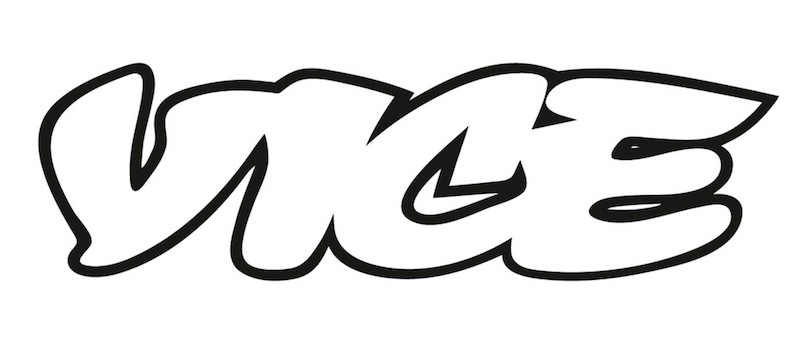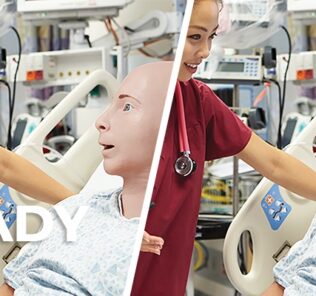Sim Tech Featured in Vice Magazine “I Create Fake Medical Crises for a Living”
Recently Dave Matney, Simulation Technology Specialist at University of Utah Health Sciences wrote an article entitled “I Create Fake Medical Crises for a Living” which was featured on Vice.com – a print magazine and website focused on arts, culture, and news topics. Founded in 1994 in Montreal, Quebec, Canada, the magazine later expanded into Vice Media, which consists of divisions including the magazine and website, a film production company, a record label, and a publishing imprint. It’s rare that international press agencies cover medical simulation champions from such a direct perspective and so this article is pretty unique for our community.
Excerpt From Dave’s Article:
“I work in a fake hospital. We have six ICU rooms, a 20-bed medical bay, and an 18-room outpatient facility. I’m a medical simulation technician, which means I help nursing and medical students learn how to perform medical procedures on our mannequins. Technically, they’re “human simulators,” which, in addition to serving as lukewarm bodies in the hospital beds, can blink, breathe, pee, cry, and bleed. They have fake pulses, heartbeats, lungs, and bowel sounds. We have 26 of those, including a newborn baby, a five-year-old kid, and a mom who can give birth. On a given day, I’ll do anything from aiming our security system–like cameras and editing video to doing stage makeup and mixing up fake bodily fluids. In addition to those jobs, I also program and maintain the mannequins. Oh, and I clean. A lot.
Sponsored Content:
I am not a medical professional. My background is in IT, and most of my skills before working here were learned downloading illegal movies and watching porn on stolen WiFi—and then cleaning up all the shit that tagged along with said movies and porn. That is to say, I had no formal training: just a childhood with the internet and a couple programming classes in high school.
I’ve seen students climb on top of my patients to preform CPR as though they’re in a scene from Grey’s Anatomy. I’ve seen a teacher knee a student directly in the face (the teacher was acting as a combative patient, and the student’s job was to get him back in bed and restrained; the student leaned down just as the teacher’s knee came up). I’ve had campus security called on the scenario because we forgot to send out an email to the college warning them that we were going to have an altercation in the lobby involving a clear-plastic airsoft gun that was going to end in a heart-attack scenario. And I’ve seen students quit the program in the middle of a scenario because they couldn’t handle the stress of an combat veteran going through withdrawal from alcohol—played by an actor—heading down a path that ultimately would have ended in the patient committing suicide.
These aren’t just scenarios we make up to confuse students. Most of them are actual cases that our faculty members have experienced in their own practices (without any identifying information, of course). These cases are structured in a way that can show the students what they may experience in the field, and teach them how to act if they do—the same way the airline industry has been doing it since 1910, focusing on standardization and repetition.
At the end of the day, what we do in this fake hospital has been proven to improve patient outcomes in the real ones. That’s what keeps us coming in when our backs are sore from lifting 80-pound mannequins off the floor, when our scrubs smell like Liquid Ass spray (a real product, which is exactly what it sounds like), and when we’re all sick of the pressure coming from above to pull Hollywood-level production value from a high school musical budget.”
Sponsored Content:
Read the full article on Vice.com
Lance Baily, BA, EMT-B, is the Founder & CEO of HealthySimulation.com, which he started while serving as the Director of the Nevada System of Higher Education’s Clinical Simulation Center of Las Vegas back in 2010. Lance is also the Founder and acting Advisor to the Board of SimGHOSTS.org, the world’s only non-profit organization dedicated to supporting professionals operating healthcare simulation technologies. His co-edited Book: “Comprehensive Healthcare Simulation: Operations, Technology, and Innovative Practice” is cited as a key source for professional certification in the industry. Lance’s background also includes serving as a Simulation Technology Specialist for the LA Community College District, EMS fire fighting, Hollywood movie production, rescue diving, and global travel. He and his wife Abigail Baily, PhD live in Las Vegas, Nevada with their two amazing daughters.
Sponsored Content:




















